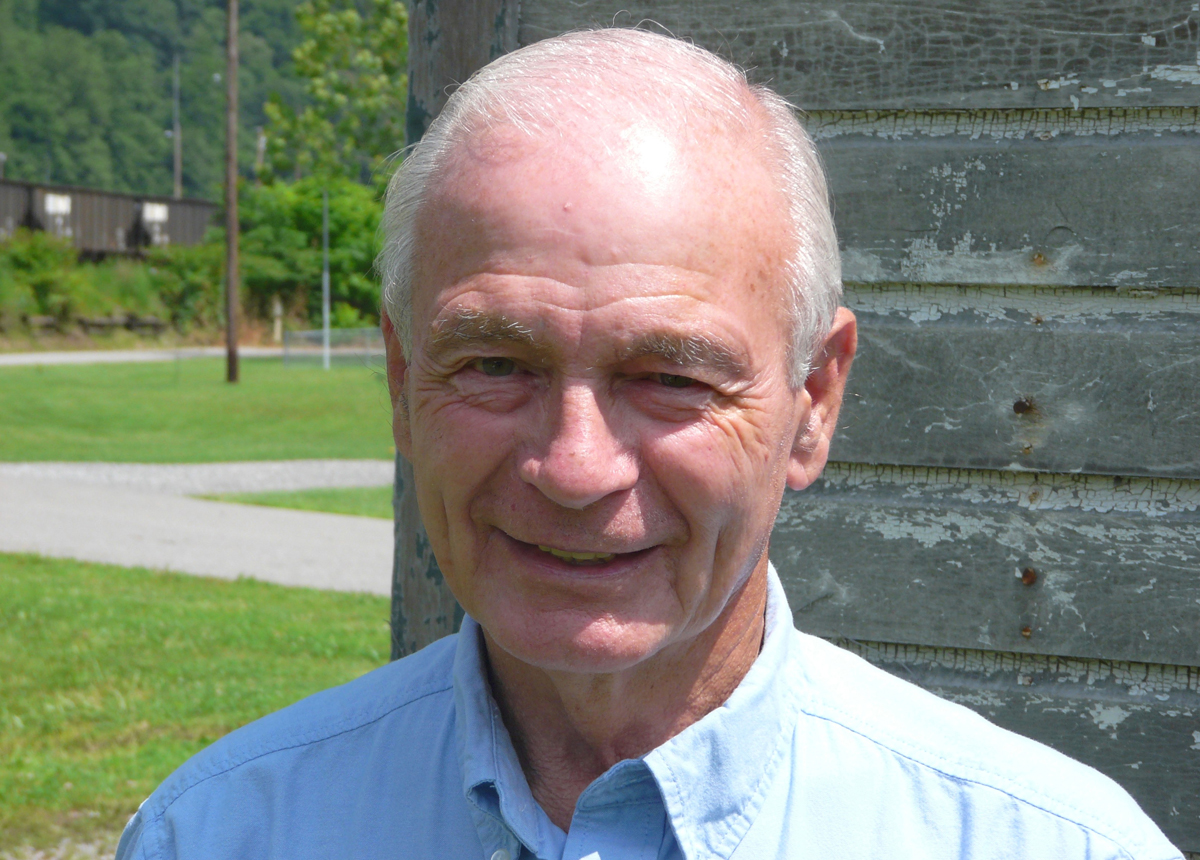Carl V. “Pete” Ramey, a coal-miner-turned-political-activist who fought tirelessly to halt what he saw as the travesty of mountaintop removal coal mining, died on March 1 in Bristol, Tennessee, aged 90. A lifelong resident of Wise County, Virginia, Ramey served in the Army in World War II before returning home to Big Stone Gap, Va., where he exchanged his rifle for a miner’s pick. Ramey worked for 40 years as a deep miner for the Westmoreland Coal Company before retiring in 1985.
Ramey was horrified at the devastation wrought by mountaintop removal mining (MTR) on the mountains, forests, and waters of southern Appalachia. His Christian faith instructed him that humanity was entrusted with being good stewards of the Earth, and he viewed MTR as an abomination and a betrayal of that trust.
“I could relate first-hand to the devastation of MTR,” says Larry Bush (at right in back row, below), a fellow Wise County native and former deep miner for Westmoreland. He and Ramey met when Bush was president of United Mineworkers Local 1355 and Ramey was his section foreman in the mines. “People liked and respected Pete, including other foremen and workers in other sections. His demeanor was always calm and cool; no negativity.”
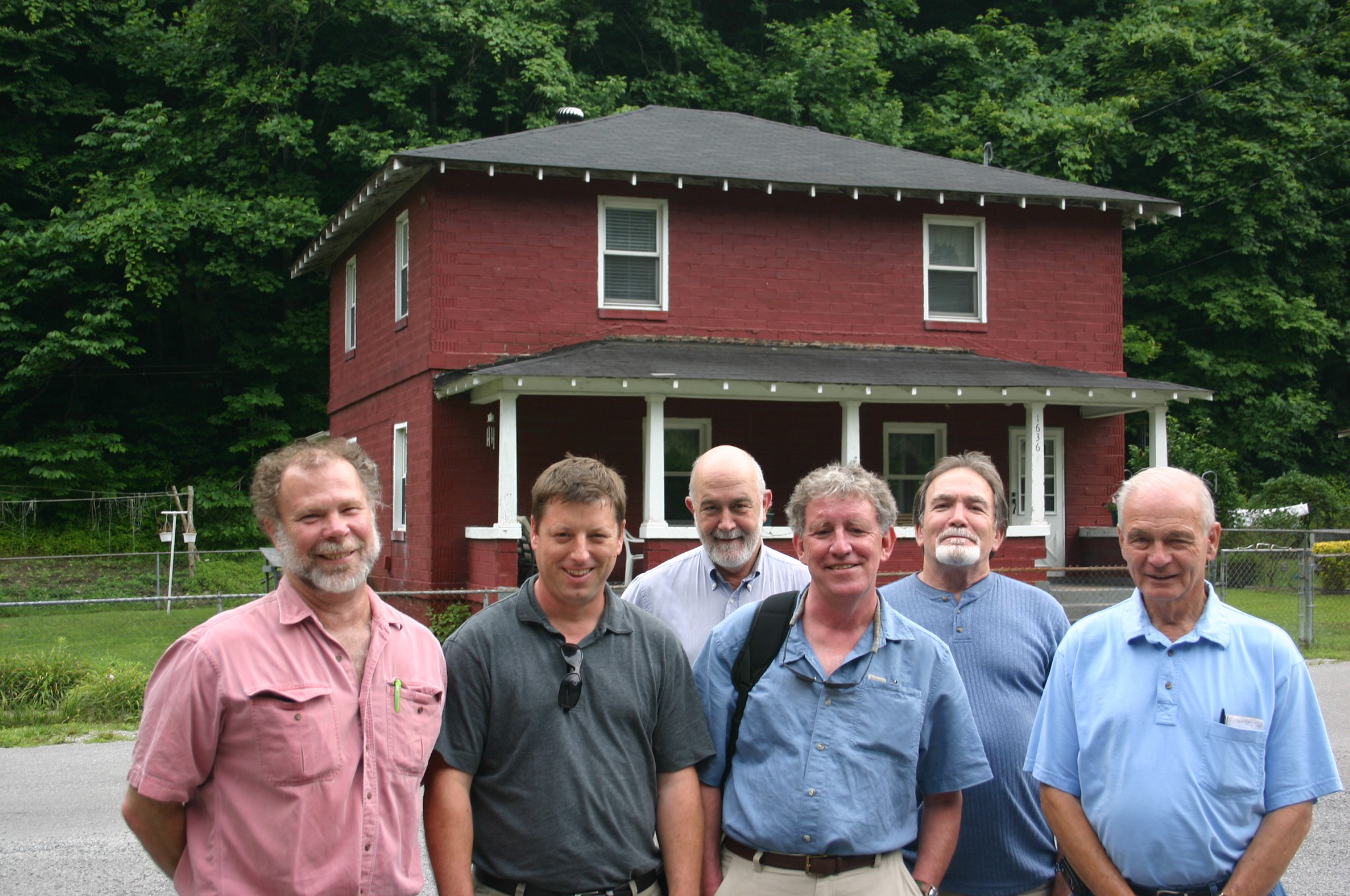
Left to right: Bill McCabe, Aaron Isherwood, Walt Morris, John Harbison, Larry Bush, and Pete Ramey.
Upon his retirement from Westmoreland, Ramey was free to speak his mind in a way that would likely have gotten him fired had he done so while still in the coal company’s employ. He joined and eventually became president of the Southern Appalachian Mountain Stewards (SAMS), a grassroots organization based in Wise County whose mission is to stop surface mining from destroying their neighborhoods, improve the quality of life in the area, and help rebuild sustainable communities.” In other words, stop tearing the mountains down!
“I got involved with MTR and SAMS on account of Pete and Sierra Club environmental justice organizer Bill McCabe,” Bush says. “Just after SAMS was organized Pete invited me to a meeting. He had a deep love of nature and the people and landscapes of southwestern Virginia. He was aghast at the devastation MTR inflicts on the land, and he poured his heart and soul into stopping it.”
McCabe met Ramey in 2005, just after 3-year-old Jeremy Davis was killed in his bed by a boulder that was pushed off the edge of an MTR mine above his house by the A&G Coal Company. In response, Pete, with the help of a few other locals and a handful of young Mountain Justice activists, organized a march through the town of Appalachia and out through the coal fields to where Davis had died.
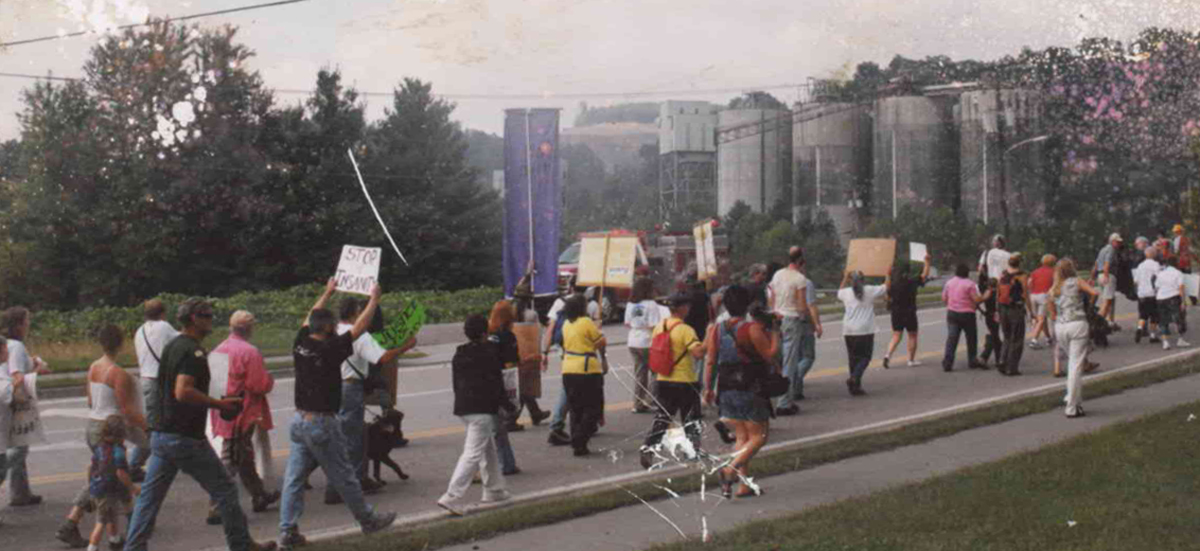
“Some people who turned out for the march were hippie-looking student types who weren’t knowledgeable about the coal fields,” McCabe recalls. “There was resistance to bringing them into the fold from several members of SAMS, who viewed them as outsiders who didn’t belong there. Not Pete. He was tolerant and supportive of young people, no matter how different they were from him. He embraced them and welcomed them.”
One of the young people marching that day was Wise County native Adam Wells, who eventually became SAMS’ treasurer and is now New Economy program manager for Appalachian Voices in Boone, North Carolina. “SAMS’ biggest asset has been that it’s a family,” Wells says. “We love each other. Don’t always agree with each other, but there’s a lot of love there.”
Aaron Isherwood, a Tennessean who is now a Managing Attorney for the Sierra Club’s Environmental Law Program, has felt that love first-hand.
“Pete was my entrée into the SAMS community,” Isherwood says. “He invited me to Wise County, and I was eager to come because of the love I developed for Appalachian culture and the mountains when I was growing up and because I’d seen photos of the horrific devastation being caused by mountaintop removal coal mining. Here I was, this young lawyer now living in California, and Pete was from a culture that understandably tended to be suspicious of outsiders. But he was totally welcoming. ‘Aaron, coal has been my life,’ he told me when we first met, ‘but the way we used to mine didn’t blow up mountains and tear communities apart.’ He approached this from a deeply religious perspective, and it was clear to me that everybody in the community trusted him, including the coal miners.”
Isherwood traces the SAMS/Sierra Club partnership back to 2004, the year Bill McCabe arrived on the scene. “SAMS has been our key grassroots ally in southwest Virginia in fighting mountaintop removal and promoting just economic transition,” Isherwood says. “They’ve been a co-plaintiff in every lawsuit we've brought to fight mountaintop removal in Virginia. I consider SAMS family. I was welcomed into the SAMS community because the SAMS leaders had so much trust in—and respect for—Bill McCabe; and Bill vouched for me.”
Below, SAMS activists in 2009; Pete Ramey front & center.
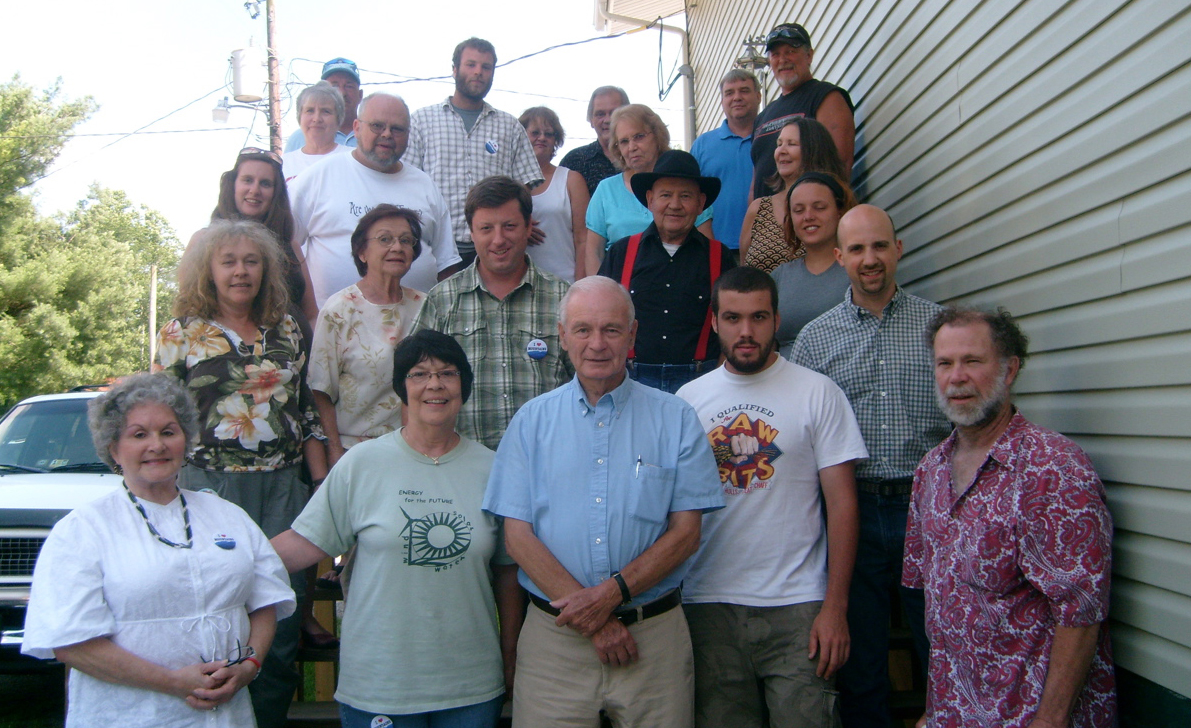
A watershed Sierra Club/SAMS victory was the case of Ison Rock Ridge, which the A&G Coal Company had slated for obliteration. Isherwood recaps the saga:
When I first travelled to southwest Virginia, Pete was president of SAMS, and he made a huge impression on me. He was so passionate about protecting the mountains and communities in the area where he grew up, and it was incredibly inspiring to hear him talk.
I recall asking Pete if there were any new mountaintop removal mines coming in that SAMS wanted to fight. Pete responded that SAMS' top priority was fighting the Ison Rock Ridge mine "right here in our community of Appalachia.” Pete pointed to the forested mountain ridge that is Ison Rock, and the next day he drove me up to Black Mountain to see the MTR sites and contrast them with the beauty of Ison Rock Ridge, which you pass on the way up Black Mountain.
We ended up bringing various legal actions, but SAMS really deserves the credit for stopping the mine, because what stopped it in the end was the Obama EPA's objection to the proposed Clean Water Act discharge for the mine. The EPA would never have objected if SAMS hadn't generated so much local opposition, so SAMS really deserves the lion’s share of the credit. Celebrating that victory with SAMS—including a music-filled evening in the moonlight, at the base of the mountain—was one of the highlights of my career.
“Pete is remembered as someone who spent huge amounts of time and his own money trying to save Wise County from the ravages of MTR,” says Bill McCabe. “At the time he became an activist there was danger in opposing MTR. Pete knew that. The coal industry harassed him, but he refused to be intimidated. He stood up, stood his ground, and encouraged others to do the same.”
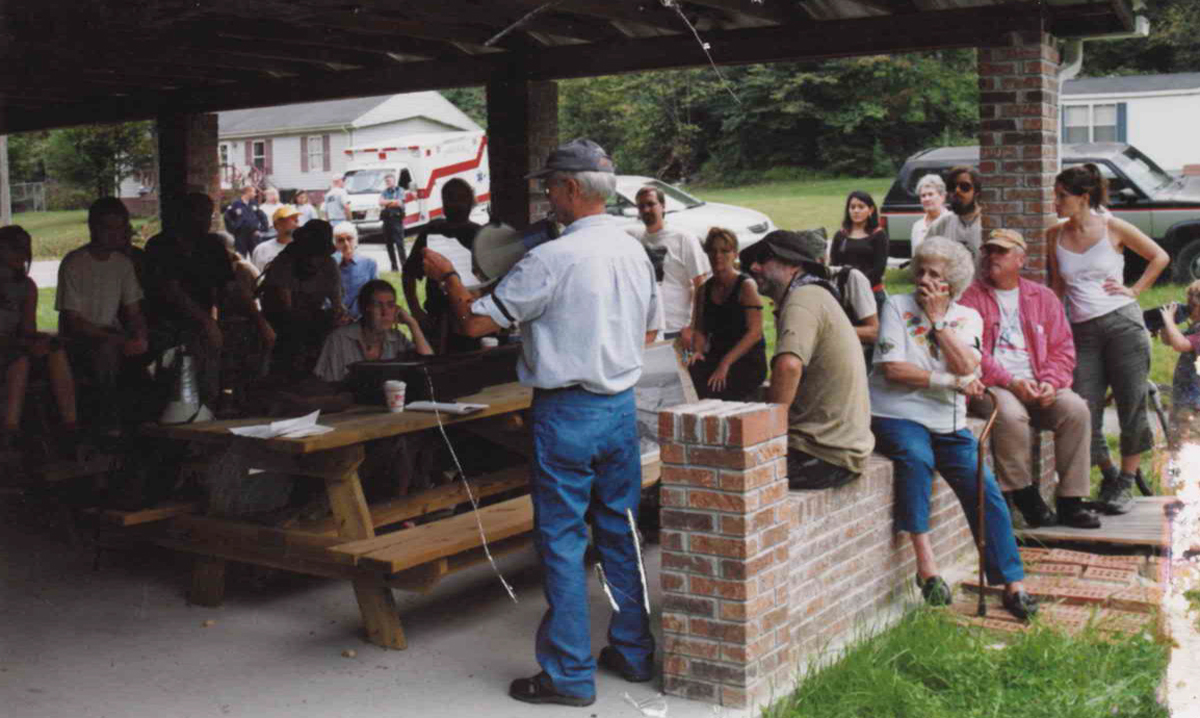
Lyndsay Tarus of the Alliance for Appalachia says SAMS is one of the organizations that brings the best and most effective leadership to the cause of ending mountaintop removal. “SAMS has become an incubator for leader development, and the tolerance and inclusiveness that characterize the Alliance today are Pete’s legacy.”
“Pete was one-of-a-kind,” says Larry Bush. “He was rabid in his defense of our area and the people who live here.”
Says McCabe: “He really cared for the community. He was such a trusted voice in representing people who all too often are forgotten.”
